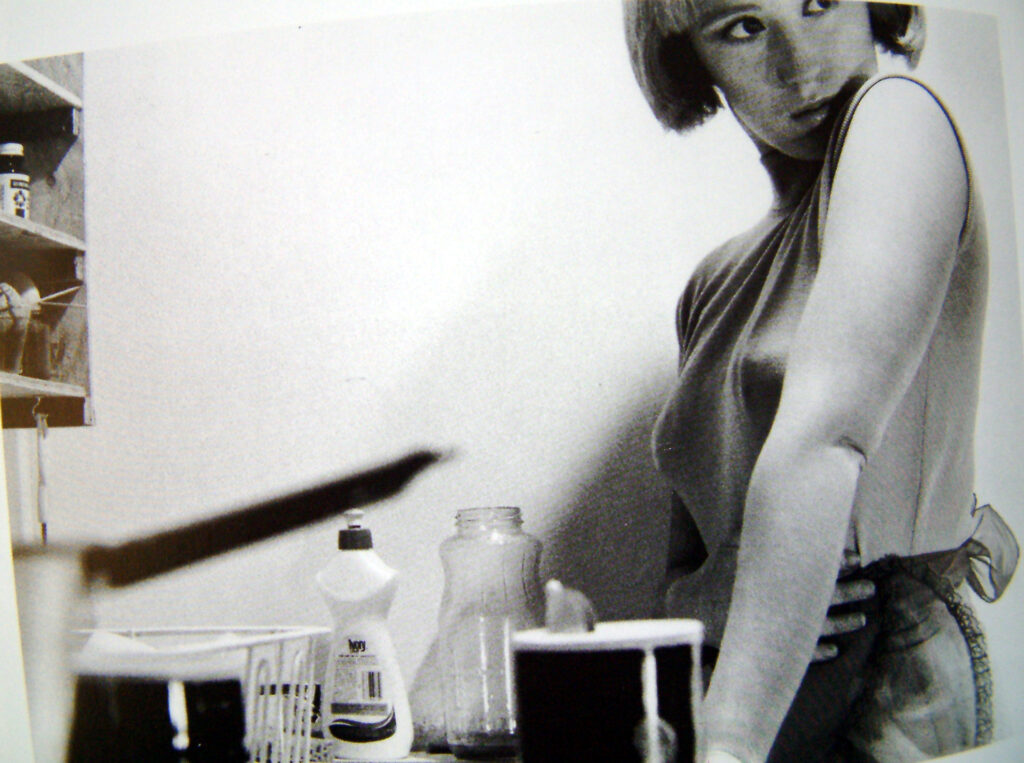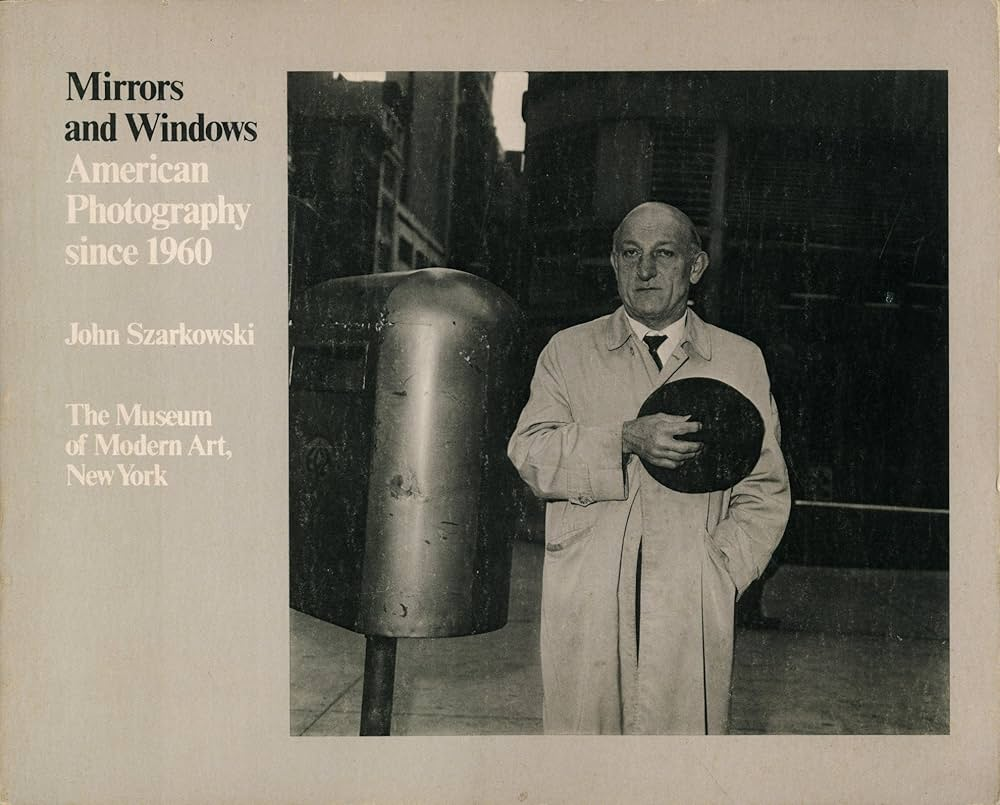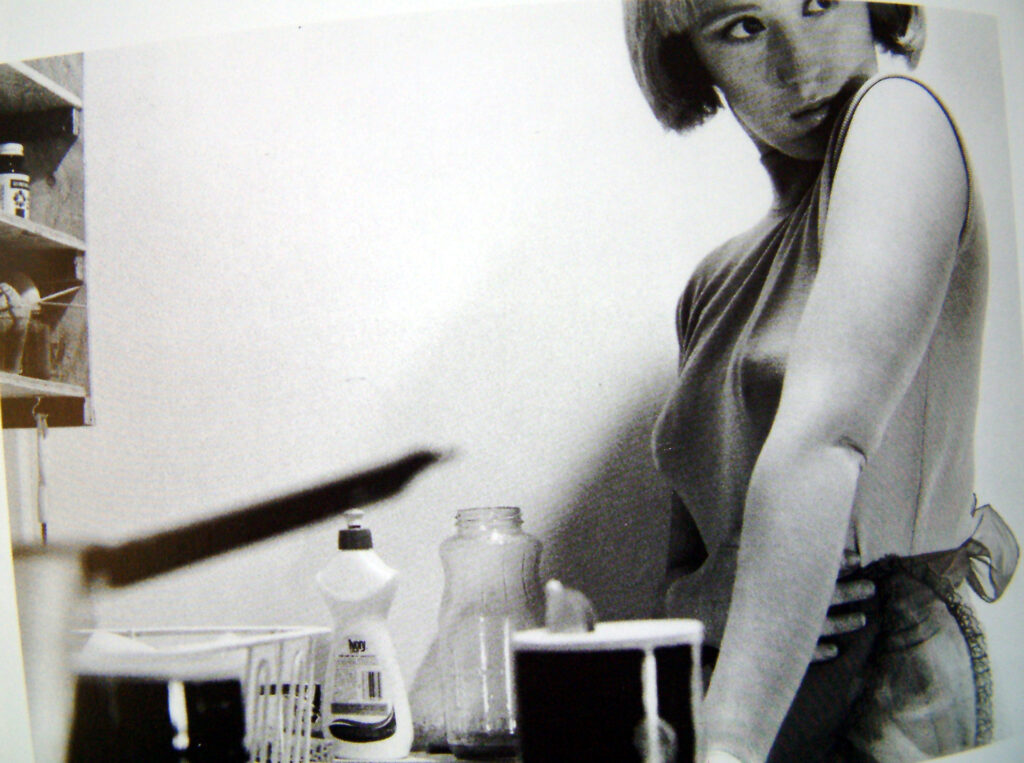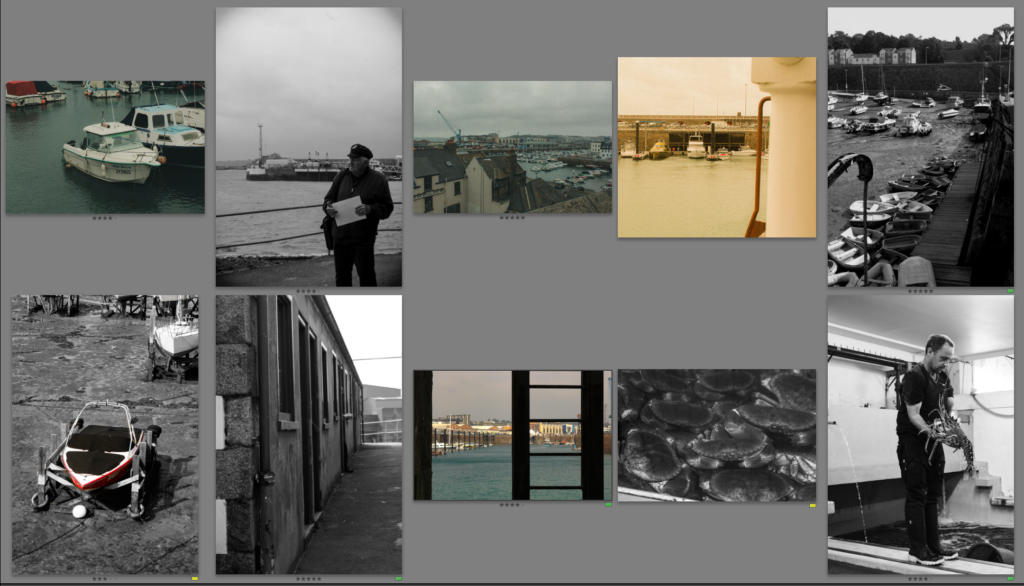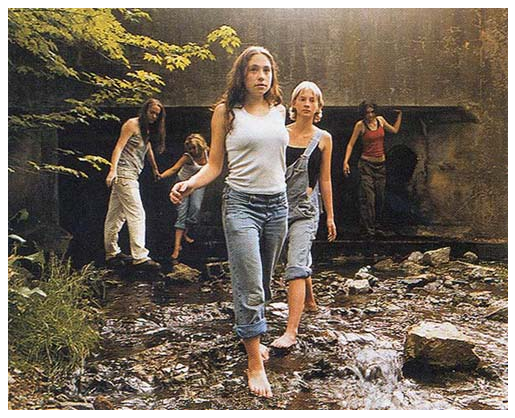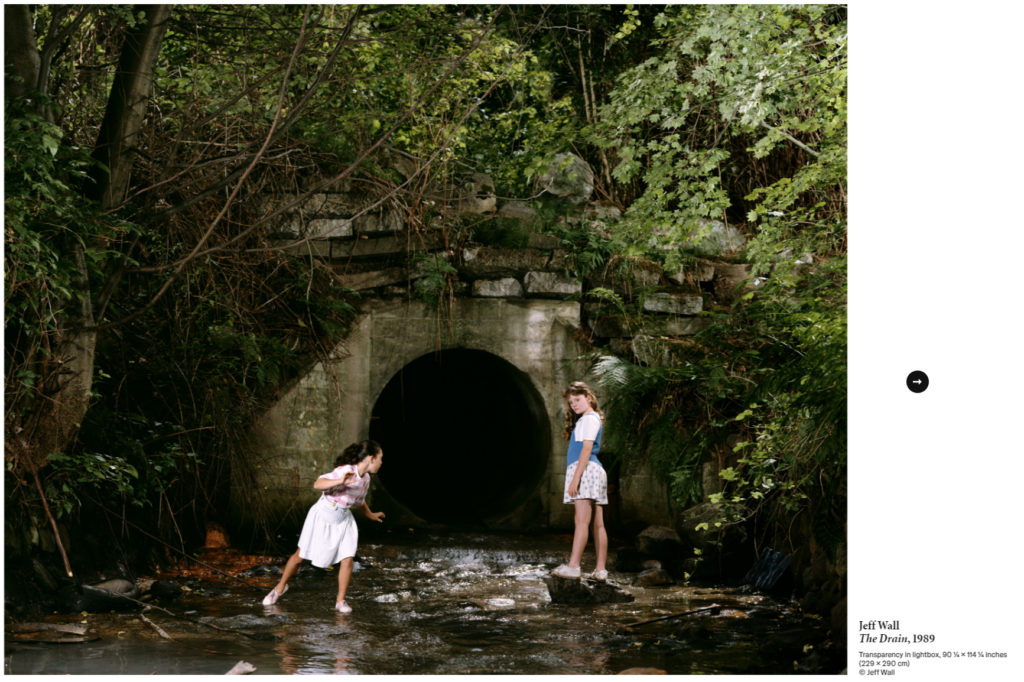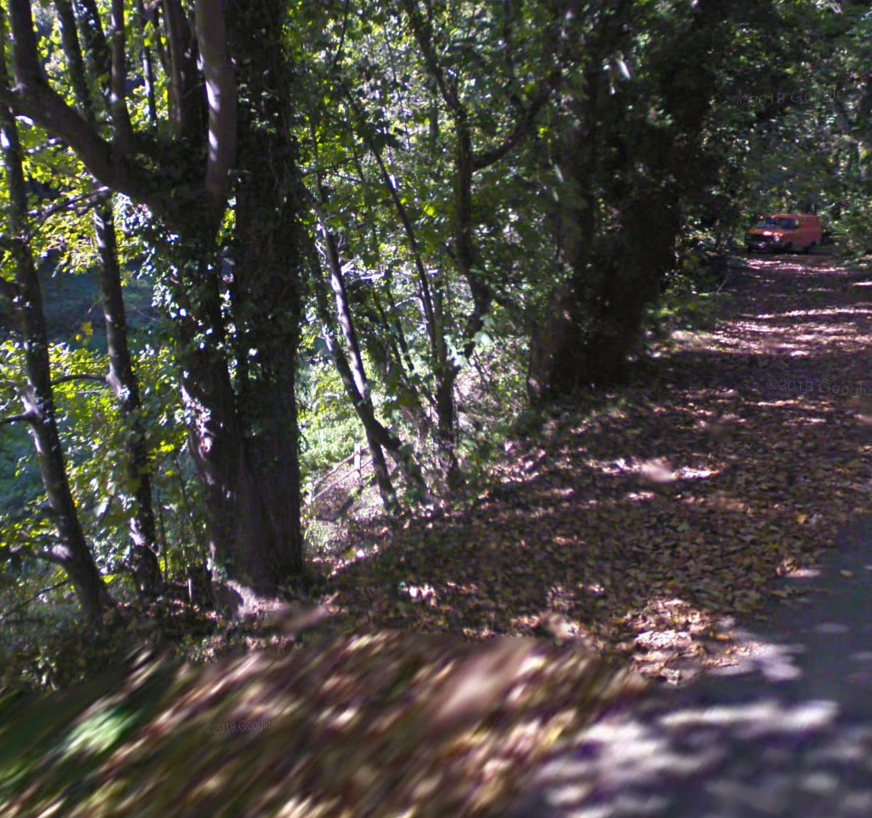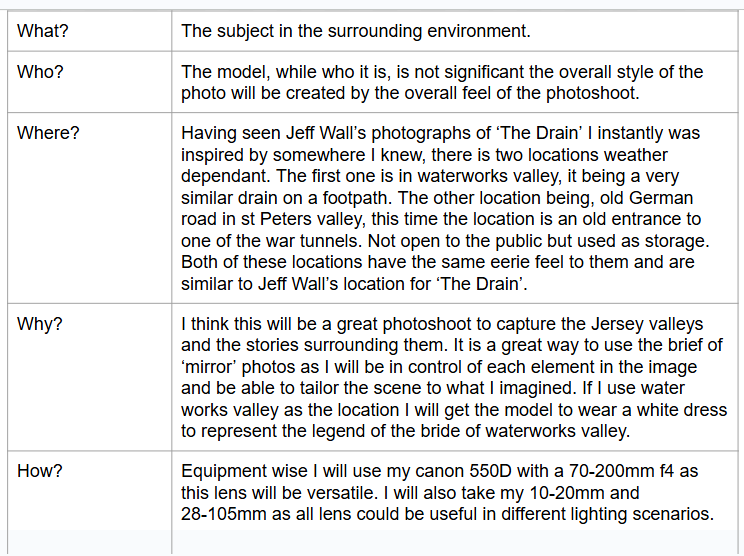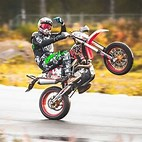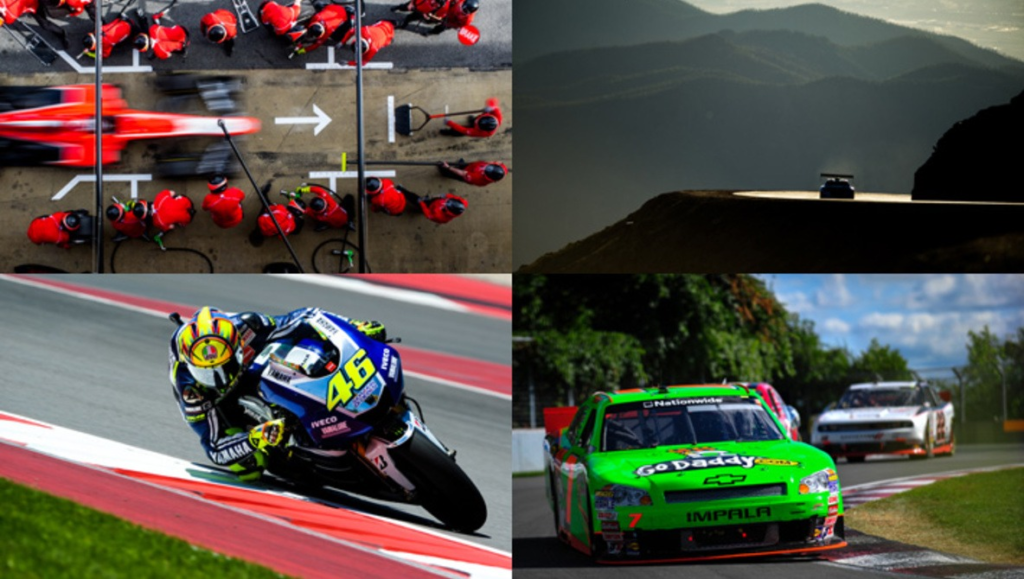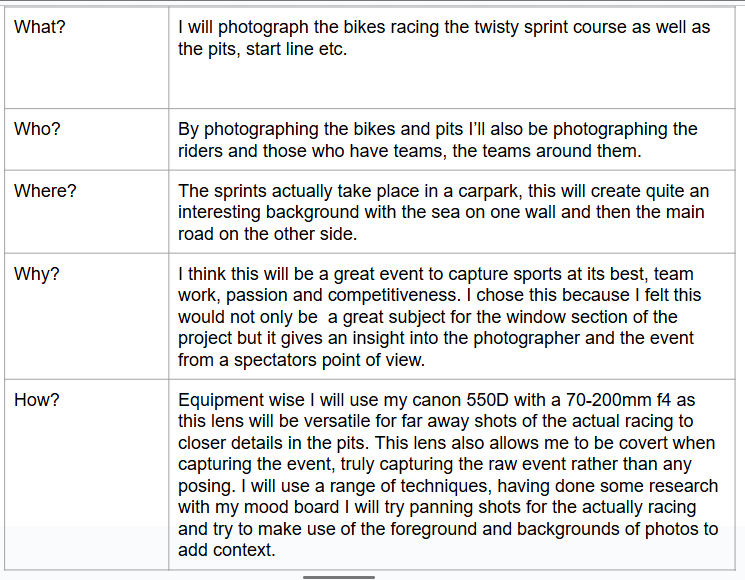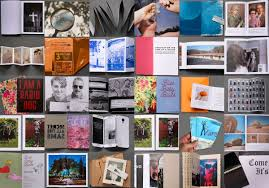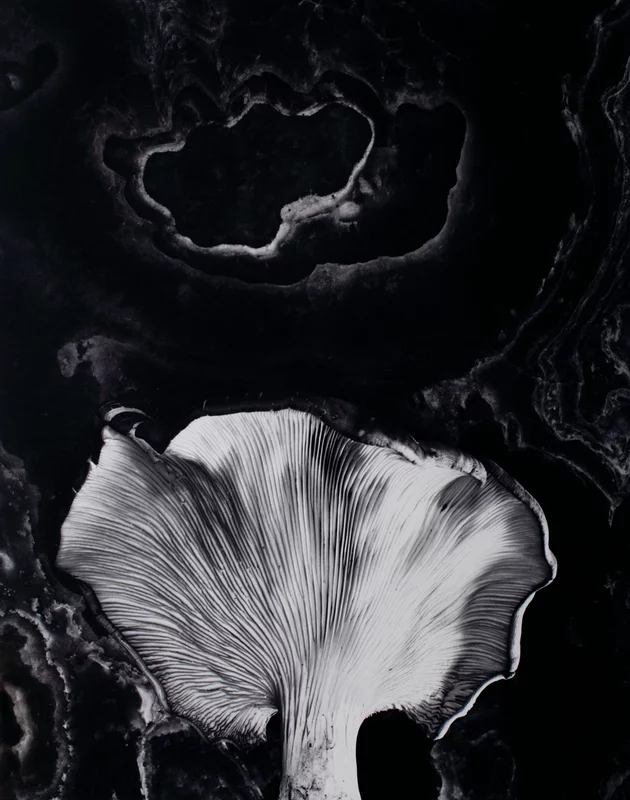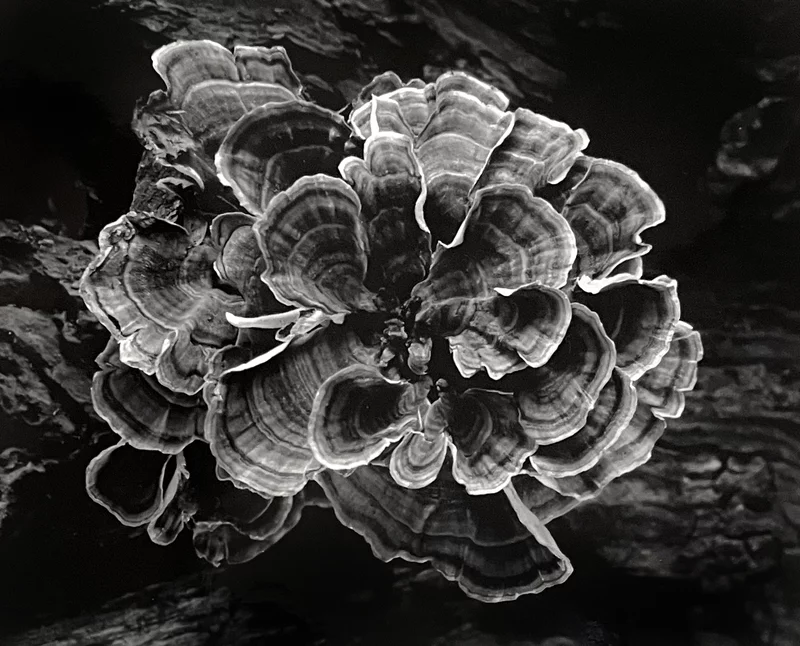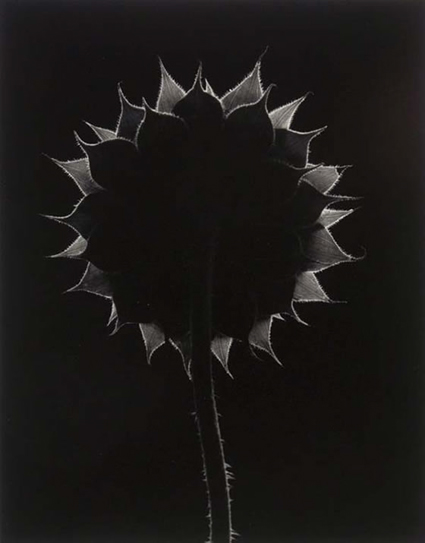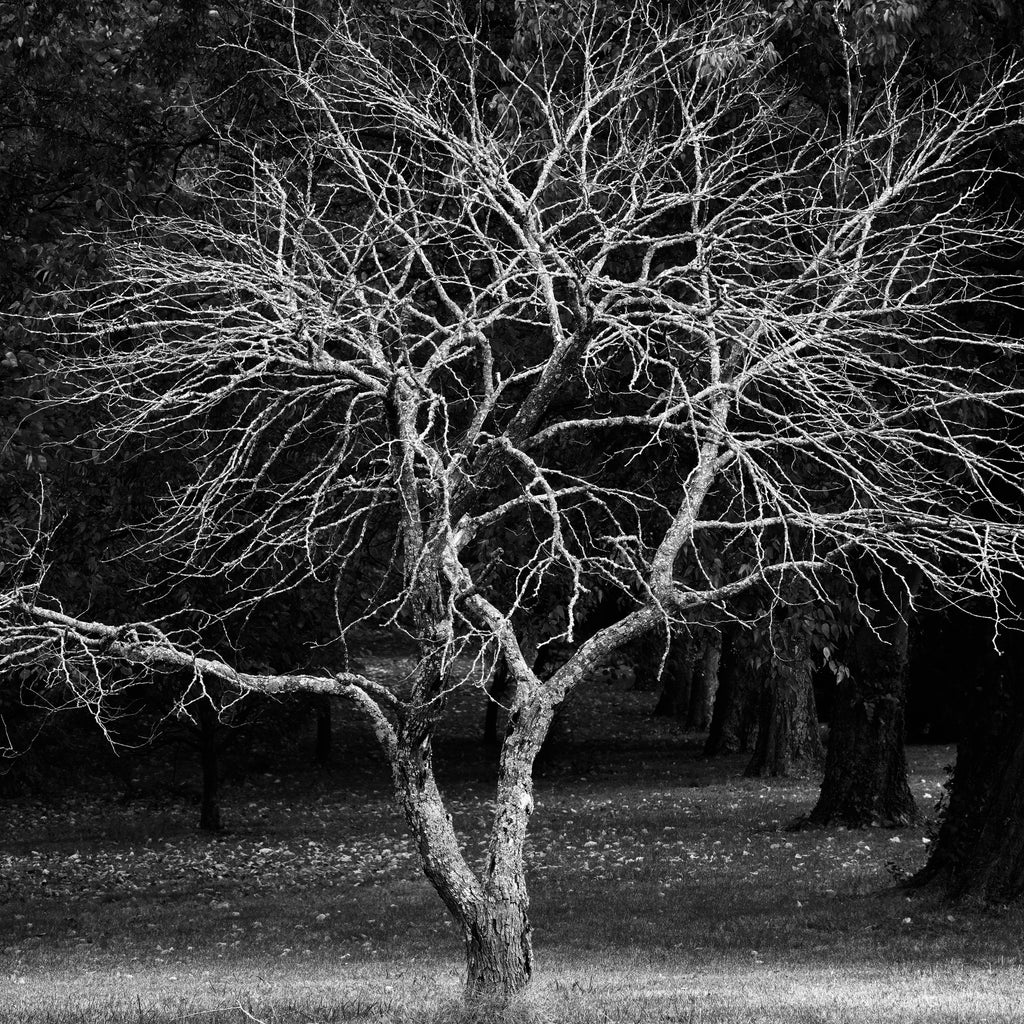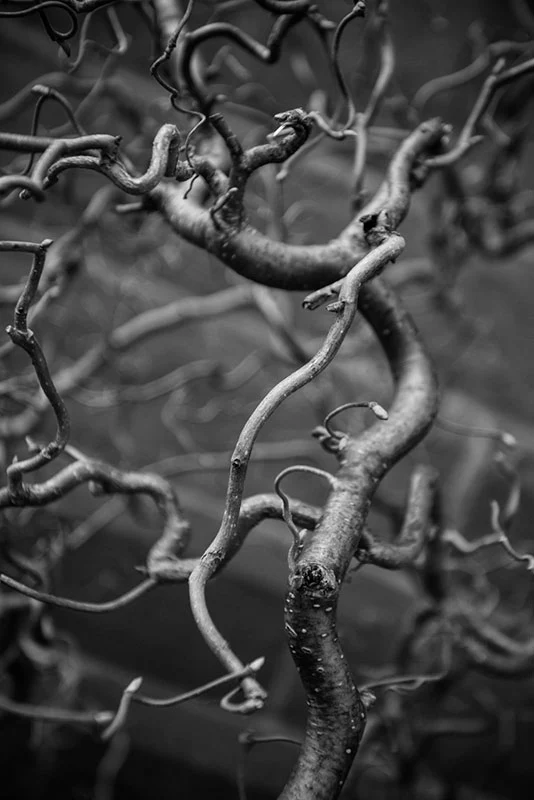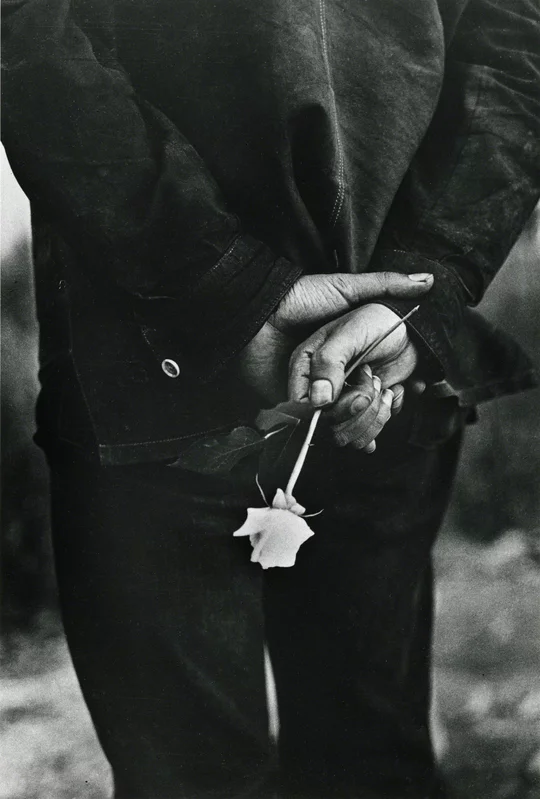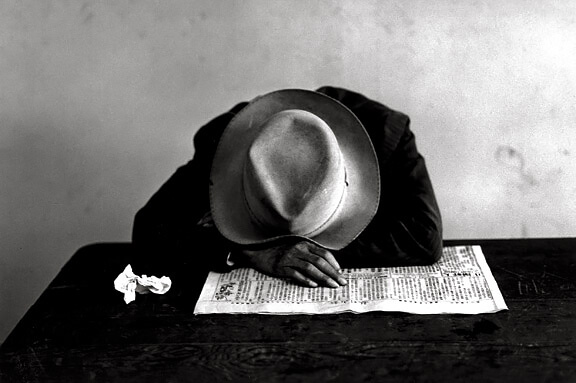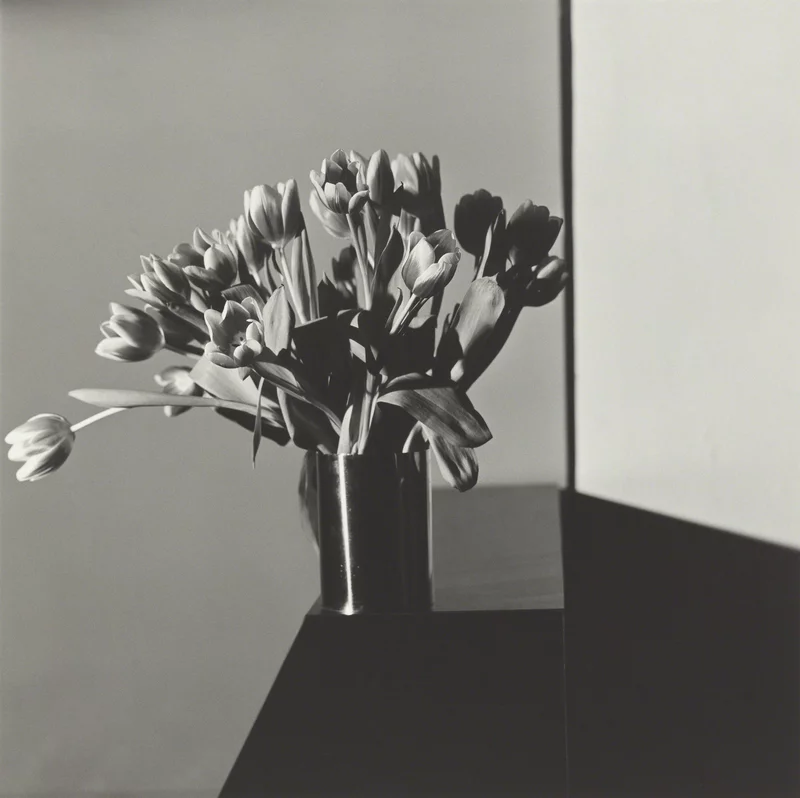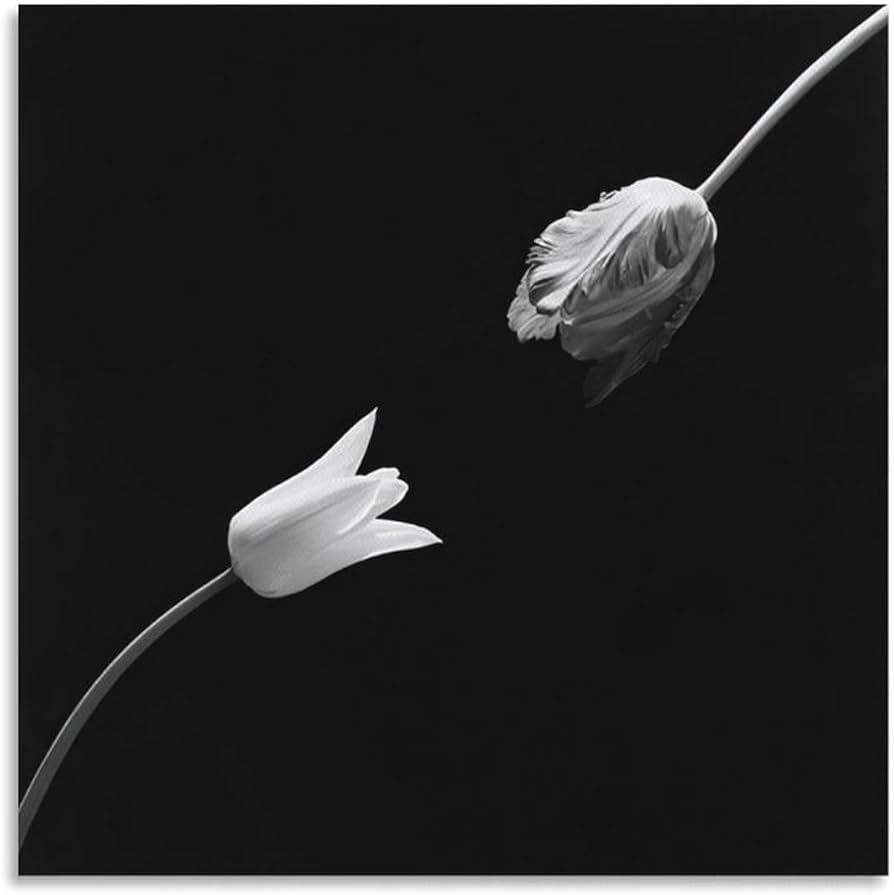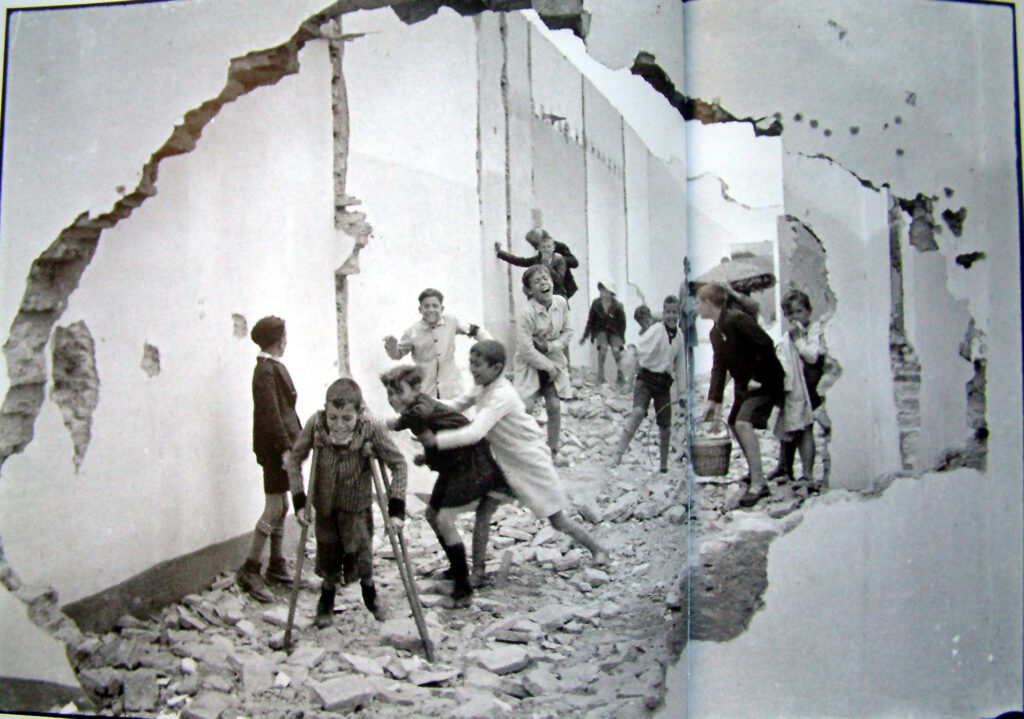Photography as we know it was created with two entirely different processes: the Daguerreotype and the Calotype. One could be described as a ‘mirror’ and the other a ‘window’, a theory created by John Szarkowski. “the distance between is to be measured not in terms of the relative force or originality of their work, but in terms of their conceptions of what a photograph is: is it a mirror, … or a window?”1 The Daguerreotype, created by Louis Daguerre, acts as a mirror. This is both in a literal sense, being created with metals and glass, but also in a more subjective matter. A mirror is a synthetic, staged and manipulated while also holding personal meaning. A Daguerreotype only yields one final product (kept in a wooden box lined with velvets) which will result in more manipulation in the pre-production. The final outcome is a highly personal and unique ‘mirrored memory’. As the photographs were largely portraits resembling paintings it was a long process requiring manipulation of pose and expression. Additionally a mirror “reflects a portrait of the artist who made it”2. Louis Daguerre not only named his process after himself but also released his findings months after Henry Fox Talbot as direct competition making the Daguerreotype inherently a mirror of himself. The Calotype, created by Henry Fox Talbot, is the opposite in many ways. It represents the window meaning documentary, authenticity and realism. These images are objective, like looking through a window which is described as: “through which one might better know the world?”3 A calotype creates a negative which can be mass produced meaning the images produced are more public and less private then a Daguerreotype.
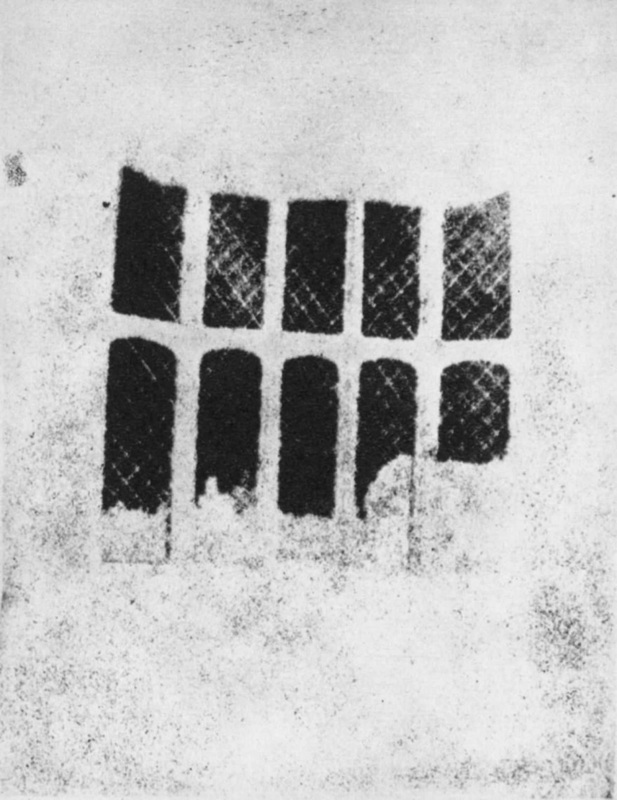
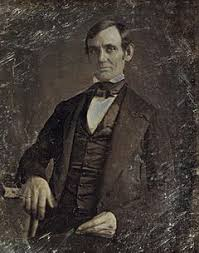
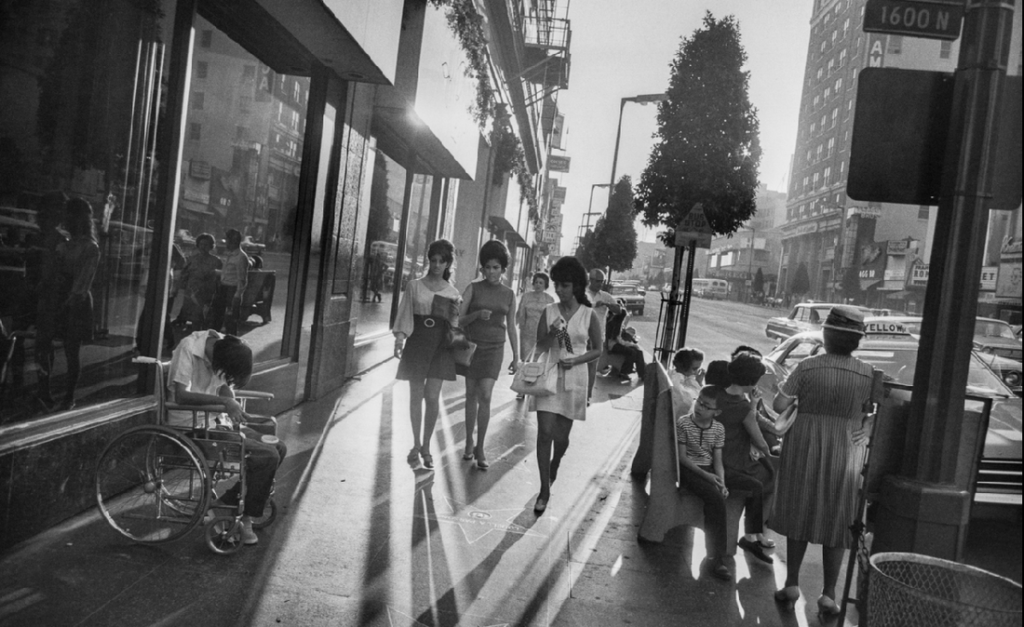
This image, by Szarkowski’s system, is a window. It acts as a snapshot of a road in Los Angeles in 1969. This image is a style of street photography and showcases realism. Realism is the accurate and detailed depiction of life. Garry Winogrand philosophy when it comes to photographs should clearly align with windows as he does not interfere and doesn’t believe in inserting himself and his motivations into his photographs. Additionally this photograph is like literally looking through a window. It is an authentic view of the streets of Los Angeles in 1969, letting us “better know the world” 4 as all ‘windows’ do. However the process of taking a photograph requires some level of a personal response. The photographer must see and decide to want to take the photograph, unconsciously letting bias influence the images. Jed Perl stated that “A photograph provides … an “autobiographical” response to a realist situation.”5 No image is going to fit either group perfectly. Despite how much this image might seem to fit the ‘Window’ group, no image is entirely separate from the photographer.
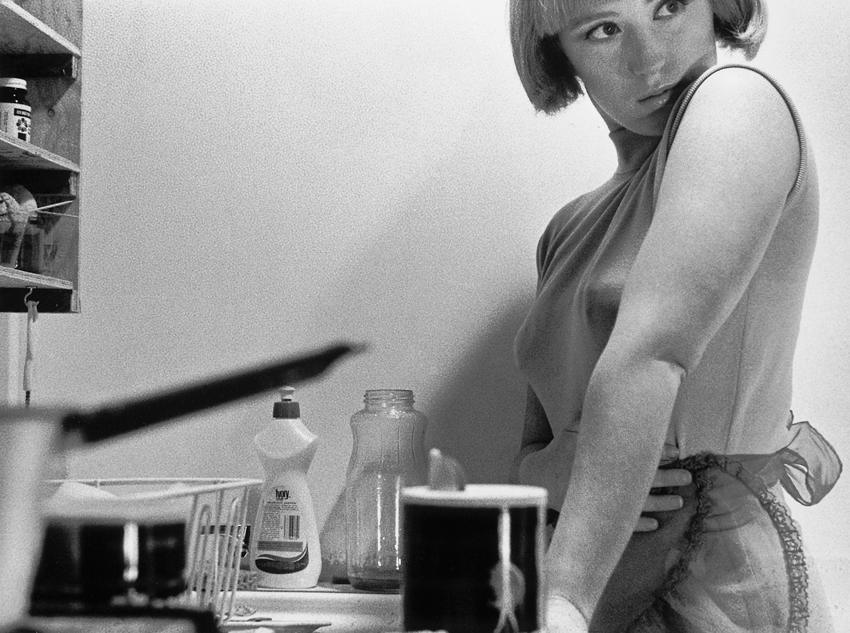
This image is a mirror. It was taken by Cindy Sherman of herself making it an obvious reflection. It is manipulated as she was photographing herself to reflect film stills, meaning she was embodying a character and acting a part. Since a mirror “reflects a portrait of the artist who made it”6 This image fits the category by reflecting her own opinions and feelings towards being a woman such as the glamour as well as expectations she might feel influenced by such as cooking/cleaning in a kitchen making it subjective and personal. Jed Perl stated that “The very technology of photography contains an admission that the “world exists independent of human attention” —a photograph is, after all, a record of nature, of the world’s lights and shadows.”7 This means that all images are in some way a documenting the subject. This means that even if the subject is ‘manipulated’, all photographs are real and in some ways a ‘window’ as a camera cannot lie. What a photograph shows cannot be a ‘lie’ and accurately shows what it was pointed at regardless of whether or not the subject was adjusted previously.
All images are in a way both mirrors and windows. Although a form of categorising these images can be helpful and make ‘reading’ them easier there is a dilemma that no image will fit one category completely. The categories works better as a spectrum however as all images are varying levels of objective and subjective as the categories are set on “uncertain foundations”8. Jed Perl stated that photography should be viewed as an “abstract art.”9 as abstract art doesn’t attempt to represent external reality and uses colours, shapes and textures to achieve its purpose. It isn’t easily categorised between two binary opposites. Both of these images cover similar themes and showcase American women around the 1970s. Both could act as a representation of the time period acting as documentary snapshots. Both showcase glamour and tell a similar story. Cindy Sherman’s image seems much more personal and intimate as it is just her in her kitchen. It feels like were getting to know her character. Garry Winogrand however is looking at the women from a distance. Its not personal and we don’t feel as though we get to know the women. Both images are very different and would sit on opposite ends of the spectrum but don’t appear like polar opposites instead just seem like slightly different approaches to tell a similar story. The images shouldn’t be shoehorned into a category since “The possibilities of photography, like the possibilities of any art, are as great or as small as the visions of artists.”10
- John Szarkowski, 1978 ↩︎
- John Szarkowski, 1978 ↩︎
- John Szarkowski, 1978 ↩︎
- John Szarkowski, 1978 ↩︎
- Jed Perl, 1978. Mirrors And Windows: Messages From Moma. ↩︎
- John Szarkowski, 1978 ↩︎
- Jed Perl, 1978. Mirrors And Windows: Messages From Moma. ↩︎
- Jed Perl, 1978. Mirrors And Windows: Messages From Moma. ↩︎
- Jed Perl, 1978. Mirrors And Windows: Messages From Moma. ↩︎
- Jed Perl, 1978. Mirrors And Windows: Messages From Moma. ↩︎

